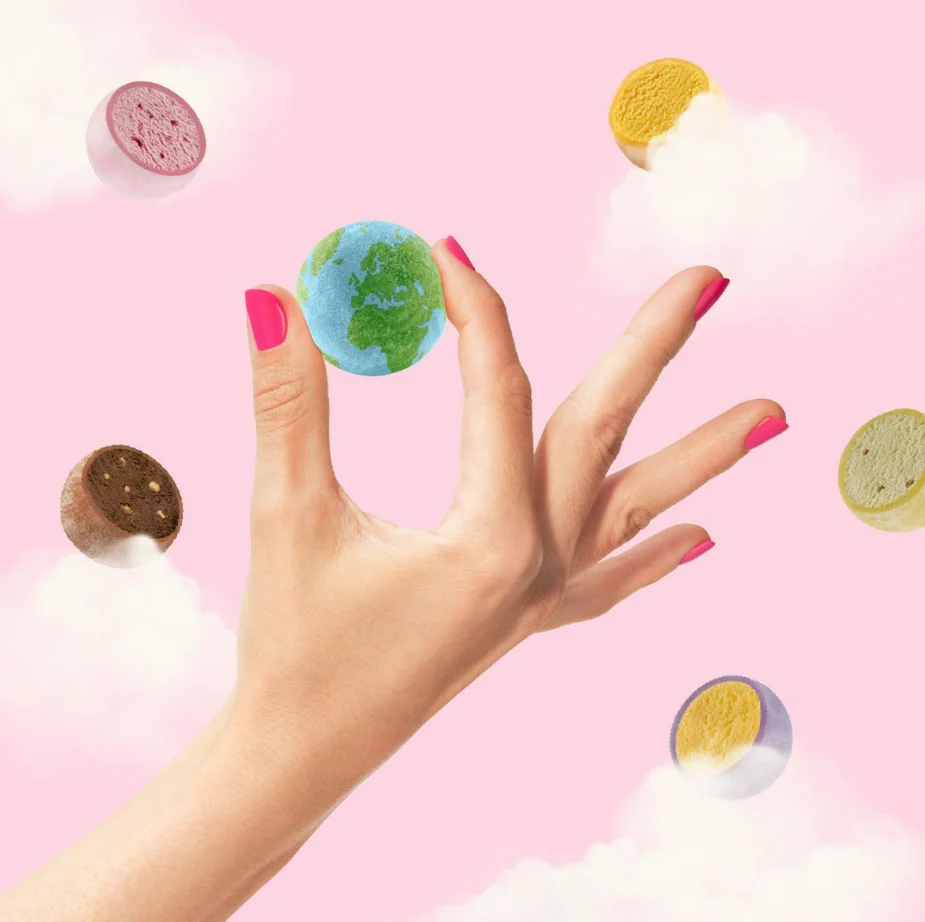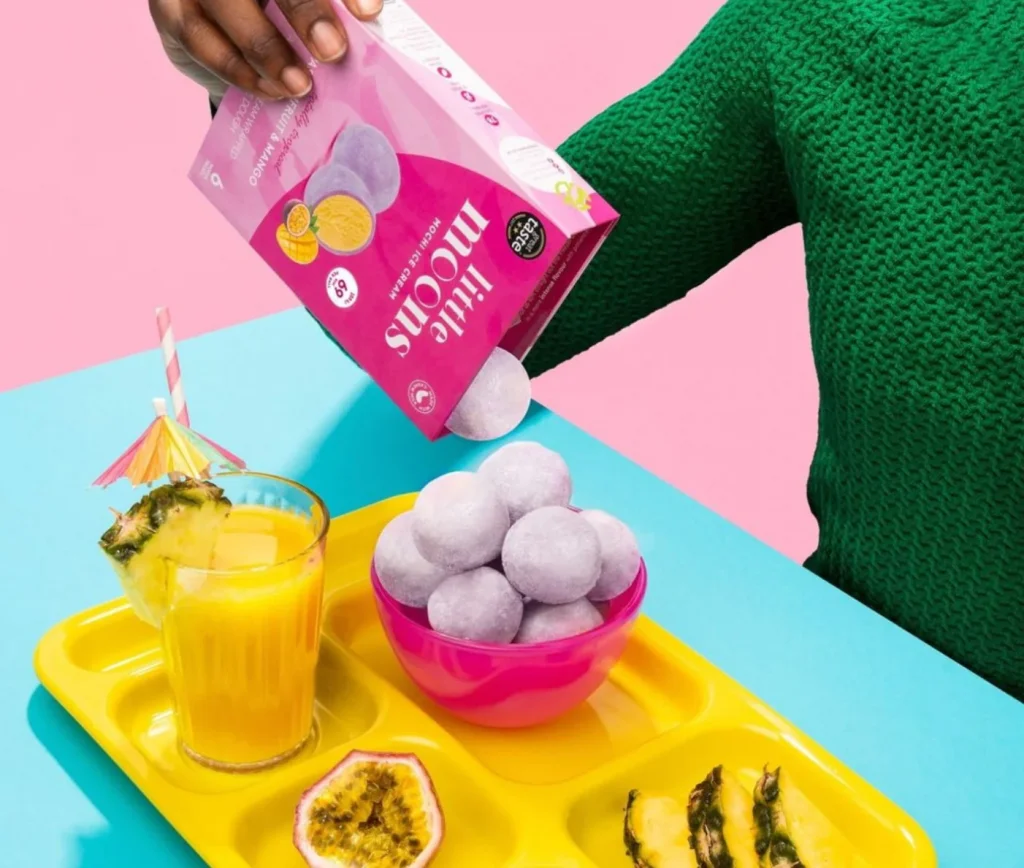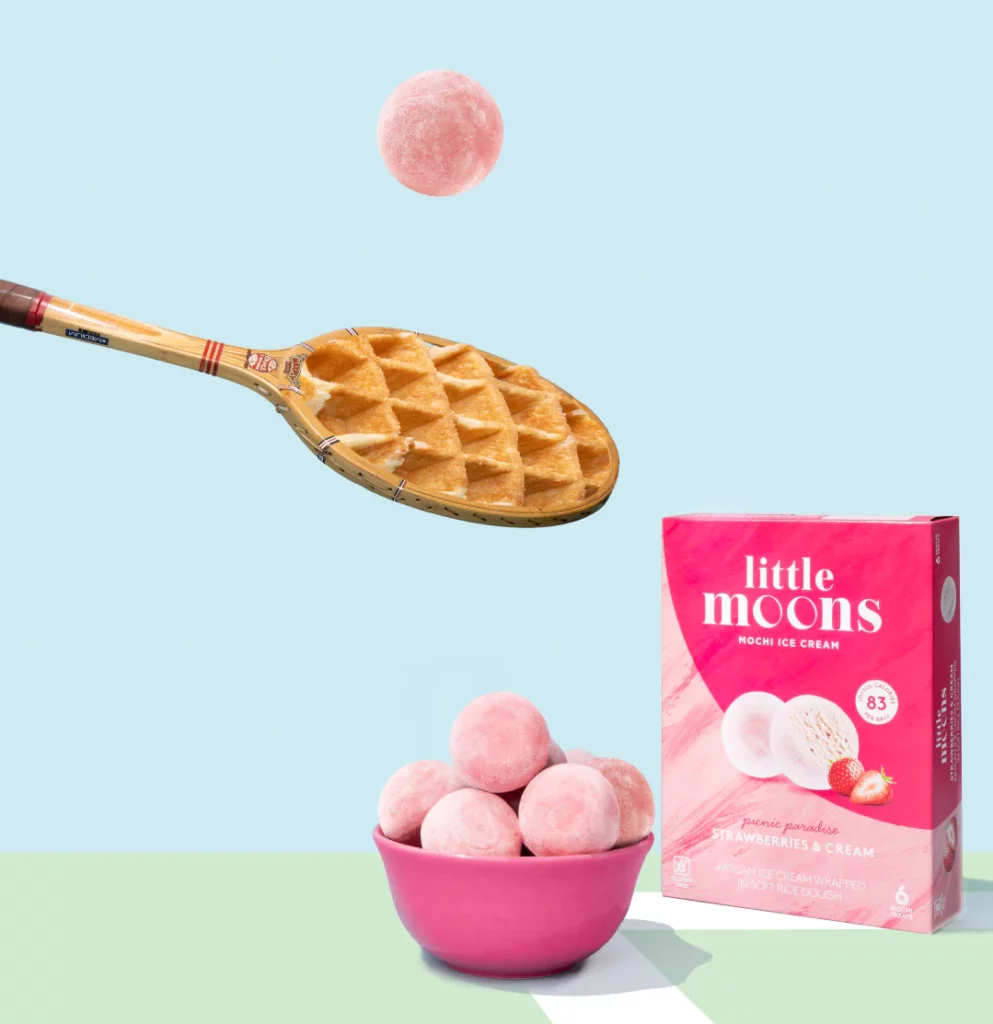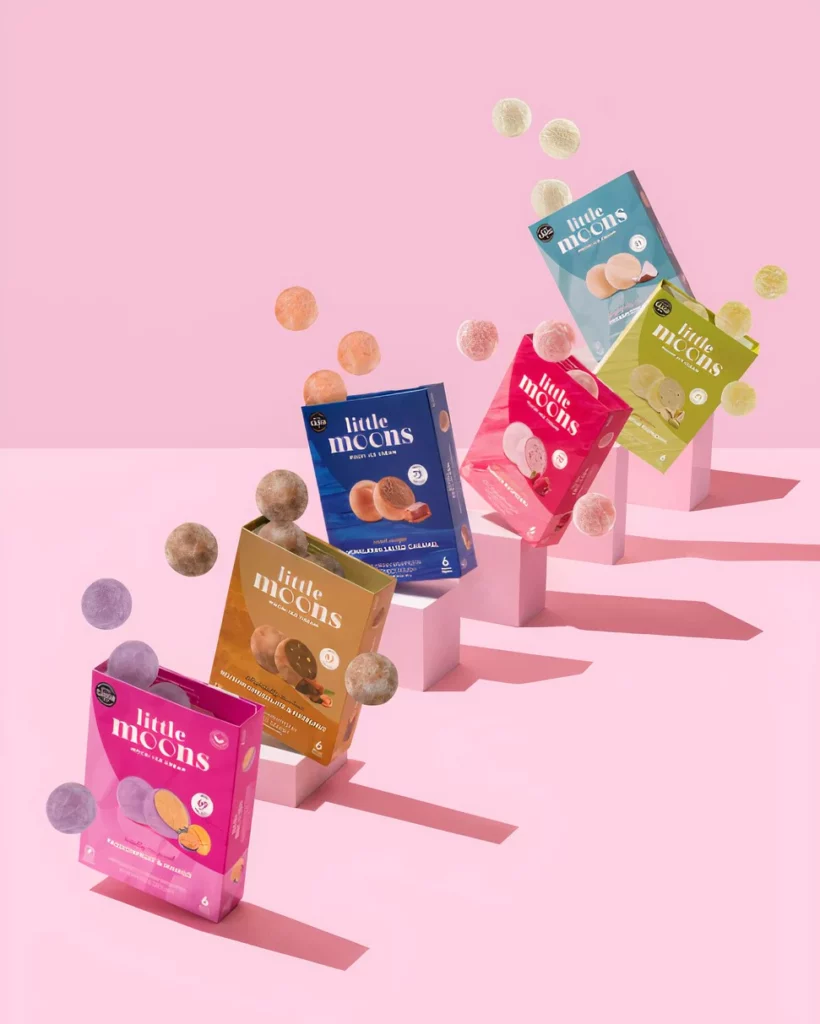
What is Mochi Made From?
The name “mochi” refers to a variety of Japanese rice cakes made from a short-grain, glutinous rice called mochigome. The sticky rice is steamed, pounded and moulded into a desired shape, typically round balls or domes. This pounded sticky rice creates a soft and stretchy dough that can be flavoured and wrapped around a paste or ice cream.
The Traditional Mochi-Making Method: Mochitsuki
Mochi-making is a beloved tradition and is usually a group activity with family and friends during periods of rest or celebration. It is linked to the importance of rice (a staple meal in Japan) and was traditionally used in certain practices to thank God for providing a decent harvest.
The process starts the night before, where the mochi is washed and left to soak overnight. Early the next morning, the rice is decanted into a square, wooden steaming basket (a seiro) which is set over a kettle of boiling water.
The steamed rice is then placed in a large usu, or mortar, made of wood, stone, or concrete. The rice is then pounded with a wooden mallet – one person typically will be pounding the rice, whilst one will be turning the rice to create a smooth texture, with no individual rice grains.
Once the final texture has been achieved, it can be taken out and placed on a table of mochiko, a sweet rice flour, to remove some of the stickiness. This is then rolled into a desired shape and left to cool.
Mochitsuki is an activity that is particularly prevalent around New Year’s as it is believed to bring good fortune. This is because mochi is associated with keeping teeth and bones strong for years to come!
Is Mochi Healthy?
Mochi is a versatile and healthy snack, and was popular amongst rice farmers and Samurai for increasing stamina and for its convenient format.
Mochi is one of the few carbohydrate sources that is packed with protein, and is free from cholesterol. Despite being described as ‘glutinous rice’, mochi is actually gluten-free and this word is rather used to describe it’s thick texture.







